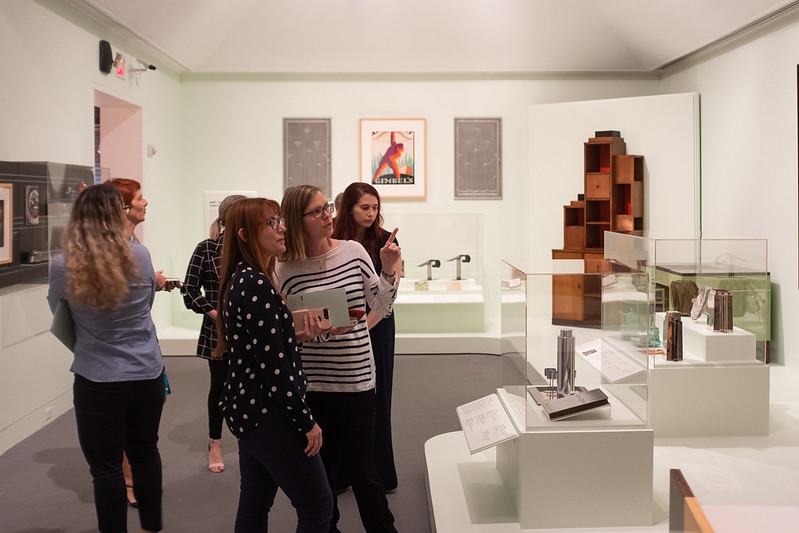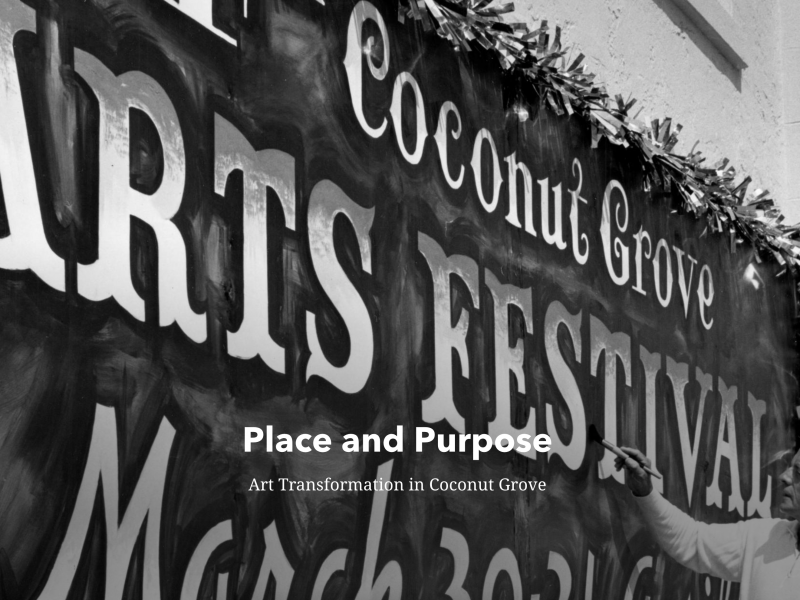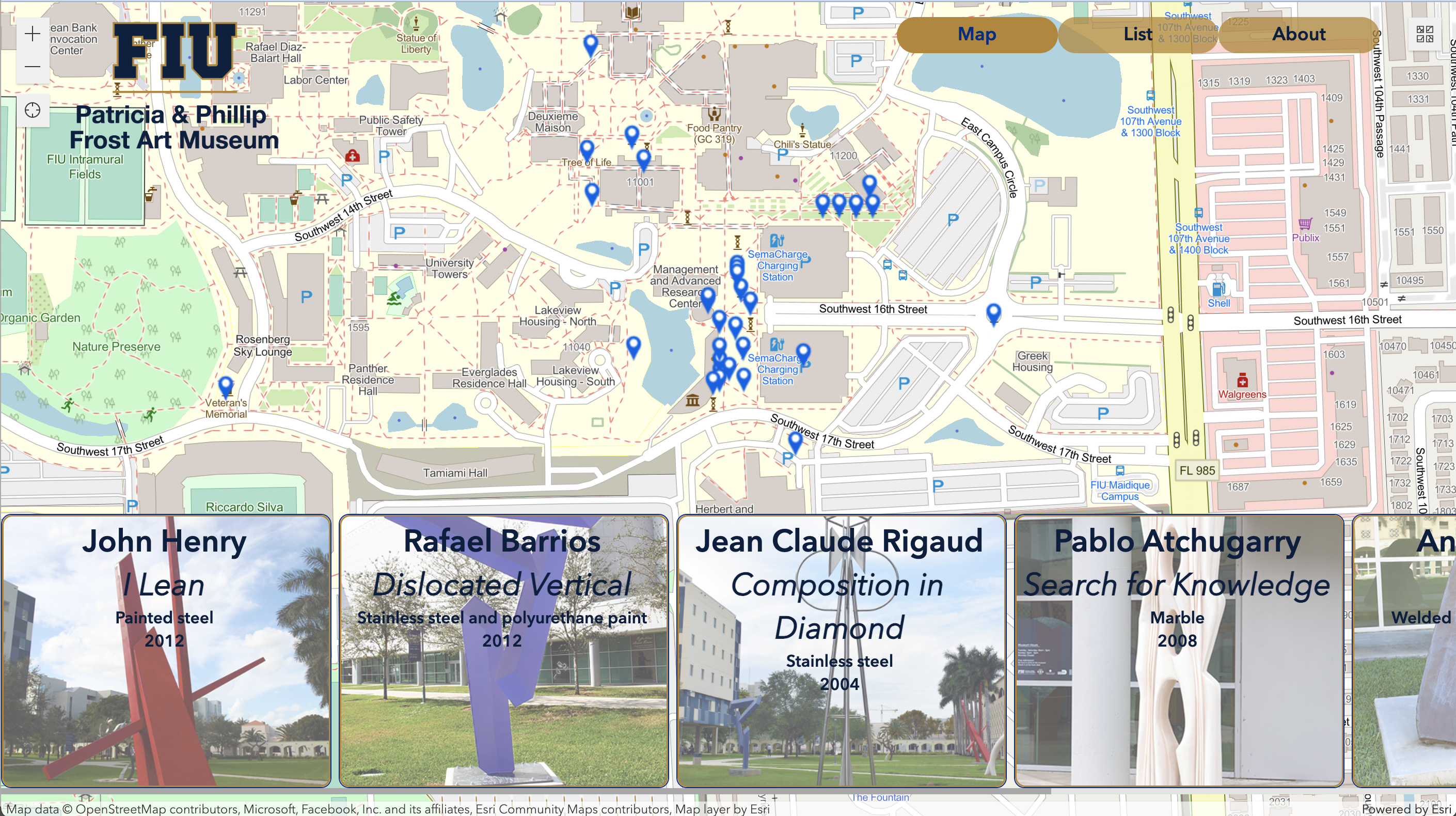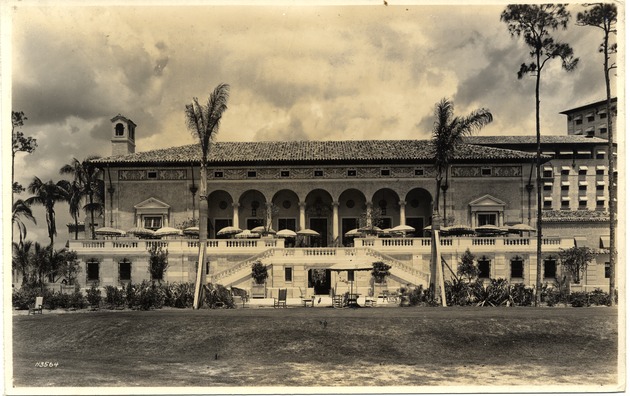Target 11.4 Safeguard cultural and natural heritage
Strengthen efforts to protect and safeguard the world’s cultural and natural heritage

The Wolfsonian
The Wolfsonian–FIU is a museum that explores the inventive and provocative character of the modern world. With more than 200,000 objects in its permanent collection, The Wolfsonian, contains a vast universe of ideas — household appliances that sped the pace of work; designs that bridged cultures; architectural plans fueled by ambition; and propaganda that helped turn the tides of war. The museum’s core focus is material from Europe and the United States, extending to regions of Latin America, Asia and Africa. Located in South Beach’s historic Art Deco District, the museum offers free admission to Florida residents, members of the FIU community, visitors with disabilities and young children.

Geographic Information Systems Center
FIU's Geographic Information Systems Center offers expertise in geospatial web technologies, geospatial data analysis, visualization and modeling, geospatial data management and remote sensing applications which are used to create historical archives. The center created a storymap to accompany an exhibit at the FIU Patricia and Philip Frost Art Museum. The storymap allows viewers to explore the locations that played an important role in the art transformation of Coconut Grove. The center offers a wealth of geo-datasets, including high resolution imagery data and historical coastal maps and data to research faculty and students as well as community partners including the Florida Department of Transportation and the South Florida Water Management District. At the federal level, partners include the U.S. Department of Agriculture, the Environmental Protection Agency, the National Park Service, the U.S. Geological Survey, the National Endowment for the Humanities and USAID.

Frost Art Museum Virtual Sculpture Garden
An interactive map of the Patricia & Phillip Frost Art Museum Sculpture Garden allows visitors to explore the open-space art installations virtually. Developed by FIU's Geographic Information Systems Center, the guide can be used on desktop or mobile devices. When using the mobile version, visitors on FIU's Modesto A. Maidique Campus can access the map and read about the history and artists of the sculptures they see in person.

U.S. Coast and Geodetic Survey Aerial Photos Archive
The FIU Geographic Information Systems Center developed a web application to host digitized U.S. Coast and Geodetic Survey Aerial Photos from 1927, 1928, 1932, 1935, 1952 and 1954 of the South Florida coast. The project was funded by the U.S. Coast and Geodetic Survey. The site shows the location of the images with each point representing a set of multi-lens photographs. A pop-up window provides a link to download the images. A significant number of collection images were copied on 35mm black and white film.

City of St. Augustine Colonial Heritage Project
The FIU Geographic Information Systems Center created an interactive web interface for the digital version of St. Augustine’s archival repositories which have been previously inaccessible to researchers worldwide. The digital archive supports research in a broad range of subjects: Florida and U.S. history, Spanish colonies, Native Americans, slavery, exploration, architecture and urban planning, social and economic development, missionary work, military defenses and warfare. Currently, more than 25,000 photographs, maps, overlays of the city, architectural drawings, government records, transcriptions of key Spanish documents, and archaeology site summaries have been digitized, with a majority of them geo-located. Compiled in partnership with the University of Florida Libraries, the collection is available to a variety of researchers, including historians, archaeologists, architects, historic preservationists and those in the digital humanities. The project tells St. Augustine’s unique story of colonial heritage and makes it available on a global scale.

City of Coral Gables Virtual History Project
Florida International University partnered with the City of Coral Gables to create a geospatially-enabled Virtual Historic City. With this tool, users may navigate to any point in the city in a selected time period (e.g., the Biltmore Hotel from the 1920s to 1940s) and experience the city as it was, through a wide variety of cultural artifacts and textual materials. A virtual walking tour of Coral Gables was also created, which includes an audio narration and 3D simulations providing the façades of historic buildings and landscapes. Students, educators, historians, public policy administrators, architects, sociologists, environmental analysts, urban planners and the general public can explore over 8,000 historical documents, photographs, oral histories and maps that have been spatially registered to their relevant locations and time.

Global Sustainable Tourism
FIU offers a bachelor’s degree in sustainable operations in the tourism industry, its impacts on the planet, and the increasing demand for a more sustainable approach to managing hospitality and tourism businesses. This unique, fully online program is offered by the Chaplin School of Hospitality and Tourism Management in collaboration with the Department of Earth and Environment in the College of Arts, Sciences & Education. Students pursuing this degree acquire the knowledge and tools needed to become industry leaders in the management of sustainable tourism standards that will help protect the world’s natural and cultural resources and maintain them intact for future generations. Students will learn to apply these skills and lead through advocacy, conservation and community partnerships. Topics covered include socioeconomic, environmental and cultural impacts with respect to responsible business practices and local governance. In a nutshell, the overarching thrust of the program is to teach students how tourism can adapt to and mitigate climate change and become a key sector in the transition to low-carbon economies.